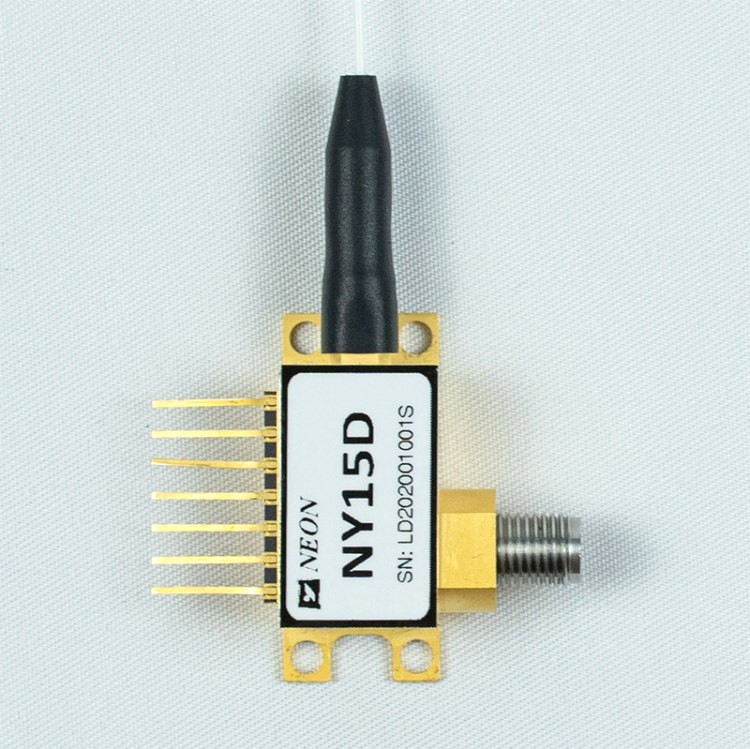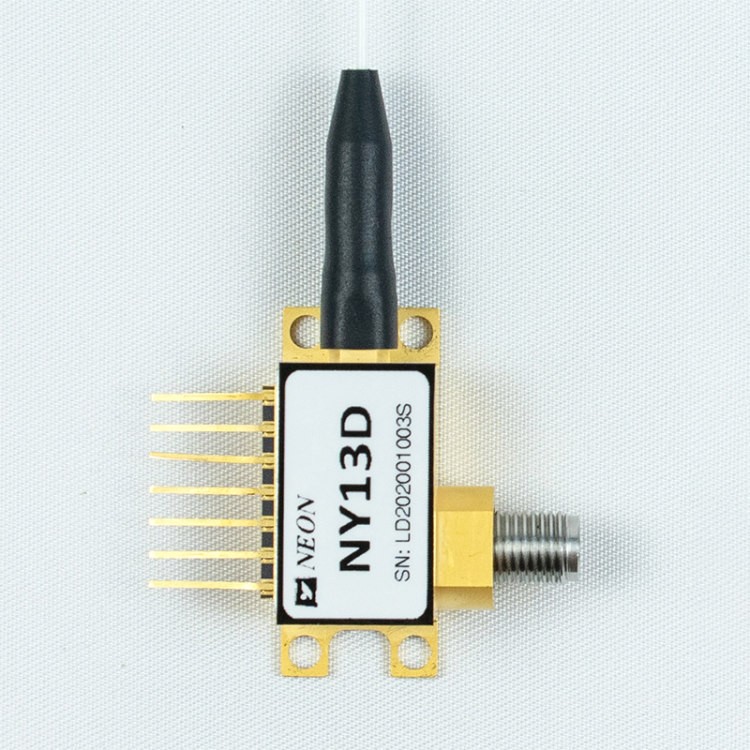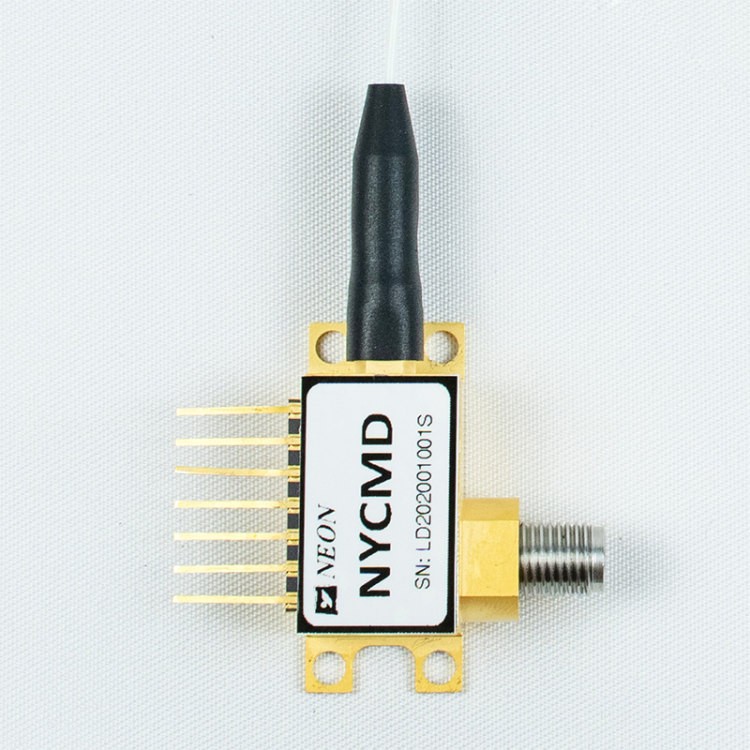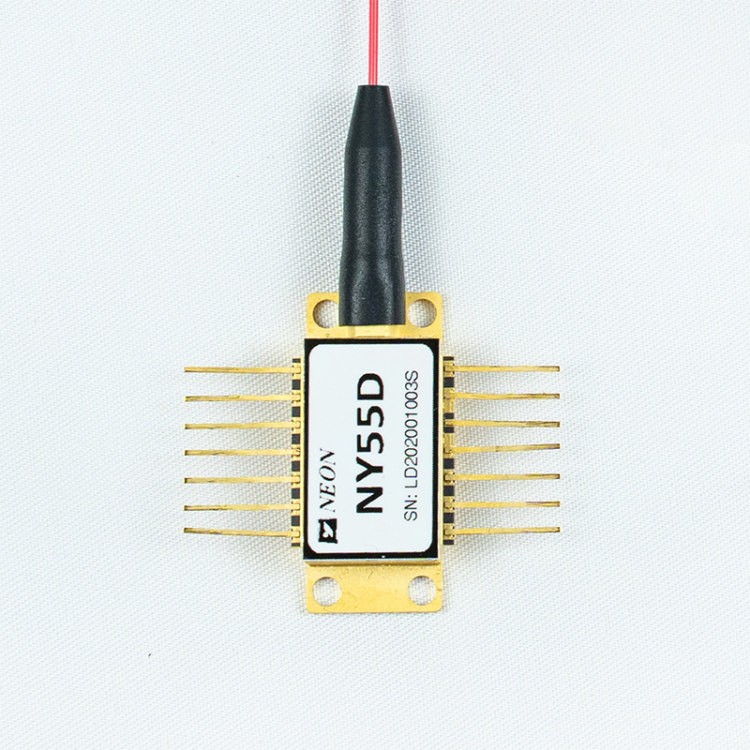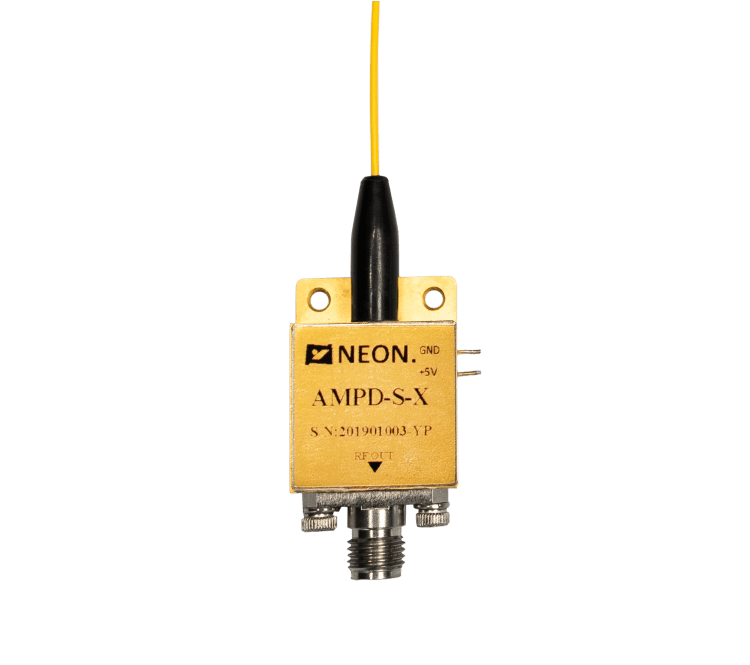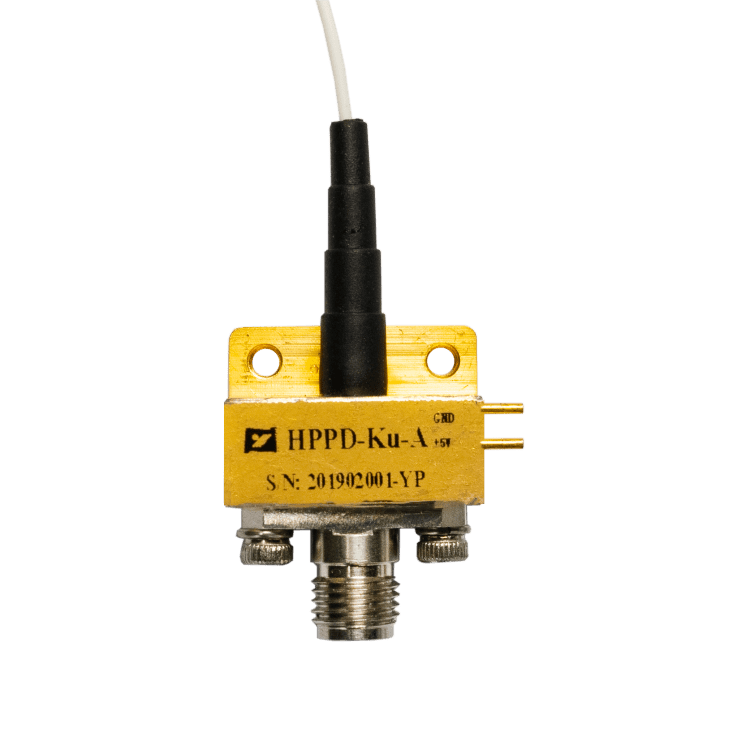What is the difference between a PIN Photodiode and a PN Photodiode?
The photodiode is one of the common optical components, but there are many subdivisions of the photodiode, such as the PIN photodiode, do you know what it is? Let’s find out together today.

Definition of PIN Photodiode
A PIN-type photodiode is a photodiode in which an intrinsic layer ( ie undoped) exists between n-type doping and p-type doping. Most photons are absorbed in the intrinsic layer, where carriers are generated to form the photocurrent.
In the figure, the electrodes are shown in black: the cathode is a flat electrode, while the anode is ring-shaped (where the two opposite parts can be seen in the crossover area). The positive side of the bias voltage (reverse) is connected to the negative side. There is an anti-reflection coating over the p-doped region.
What is a PN Photodiode?
A PN photodiode is a two-terminal or two-electrode semiconductor device. If one side of a diode is formed of P-type and the other side is formed of N-type, it is called a PN junction diode. The diode must be forward-biased to allow current to flow through it.
If you connect a positive voltage to the P terminal, the current will flow from the P region to the N region because the positive voltage helps to cross the depletion region. When we apply a negative voltage to the p-type, the depletion region increases and prevents current flow.
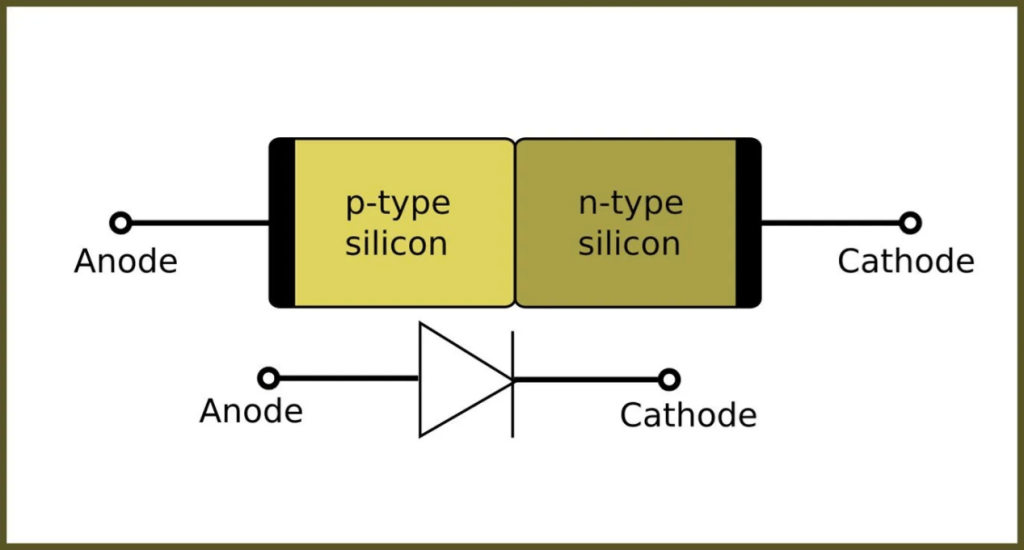
Difference Between PIN Photodiode and PN Photodiode
Compared with conventional p-n-type photodiodes, p-i-n-type photodiodes have thicker depletion layers, which can collect carriers more efficiently, resulting in higher quantum efficiency, smaller capacitance, and larger detection bandwidth.
If the wavelength reaches about 1700nm (or the spectrum extends to 2600nm), InGaAs p-i-n diodes can be used, but the cost is higher (especially if the active area is large). Germanium p-i-n diodes is also an option.
The fastest p-i-n photodiodes have bandwidths in the tens of GHz. The diameter of the active region is usually in the hundreds of microns. Some of these diodes can be fabricated in fiber-coupled form and used as receivers in fiber-optic communications.
How to choose a PIN Photodiode?
When we want to buy a photodetector, we can choose from the wavelength range, detection speed, incident spot size, sensitivity, and so on. Understanding how photodiodes work can be a good guide to detector selection.
For example, the wavelength range that the detector can detect is related to the detector material. From the principle, we can see that the photoelectric effect can only be generated when the photon energy is greater than the forbidden bandwidth of the semiconductor material. This condition limits the upper limit wavelength of the photodiode. The material’s absorption of light limits the lower wavelengths that photodiodes can use. This wavelength range is the wavelength response range of the photodiode.
We can choose photodetectors of different materials according to our needs. For example, for the visible light or near-infrared band, silicon photodiodes are a good choice. For communication bands of 1300nm or 1550nm, germanium photodiodes or indium gallium arsenide photodiodes can be used. In addition, the material properties of the detector and the structure of the load circuit will also determine the quantum efficiency and responsivity of the detector. These two main parameters will affect the sensitivity of the photodetector and also affect the detection speed.
The size of the incident light spot determines the detection area of the detector, and the detection area affects the noise and speed. Therefore, we can calculate whether the device meets the requirements according to the experimental conditions and the performance parameters provided by the device, to select or even customize a detector that meets the requirements.


